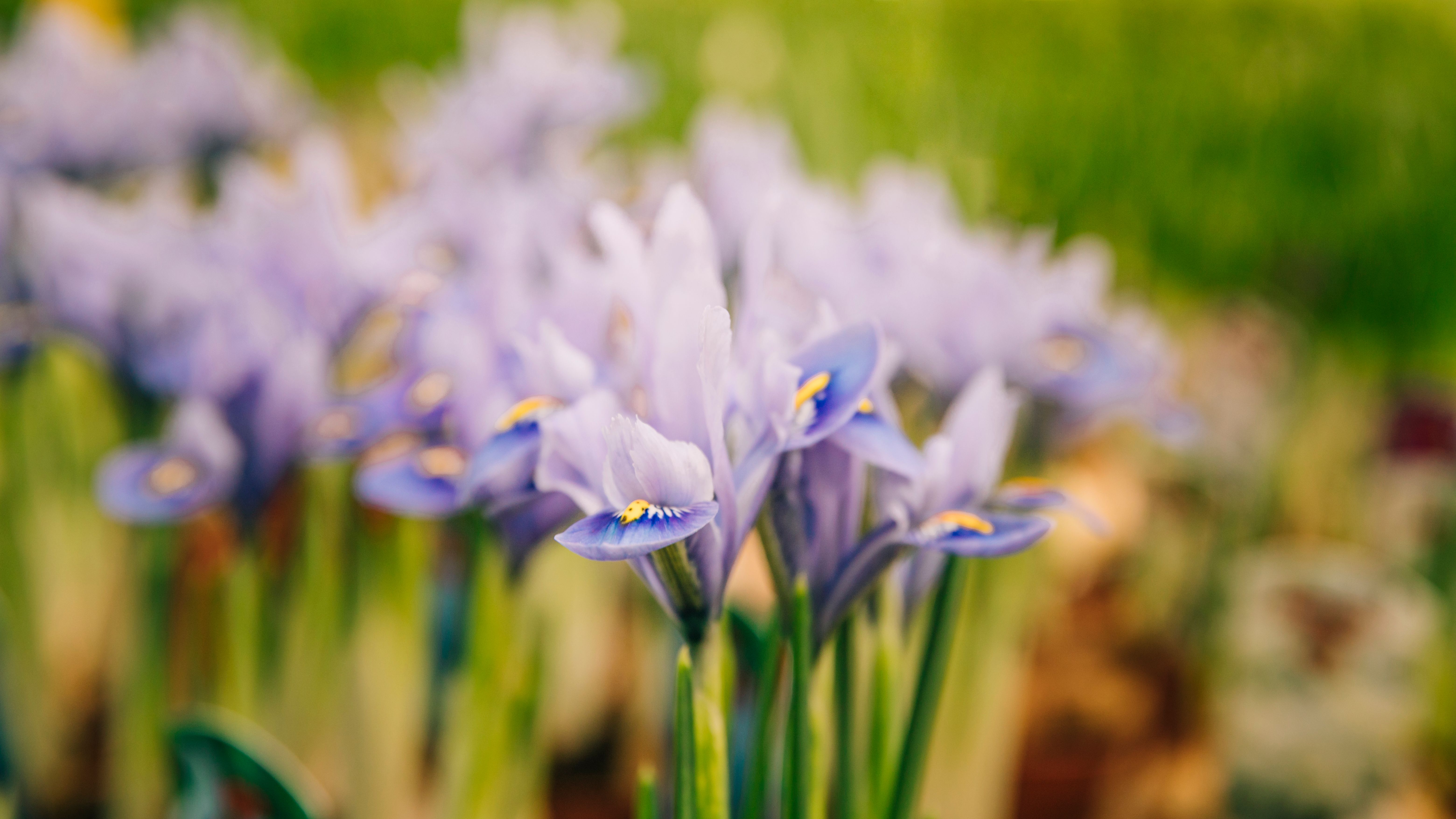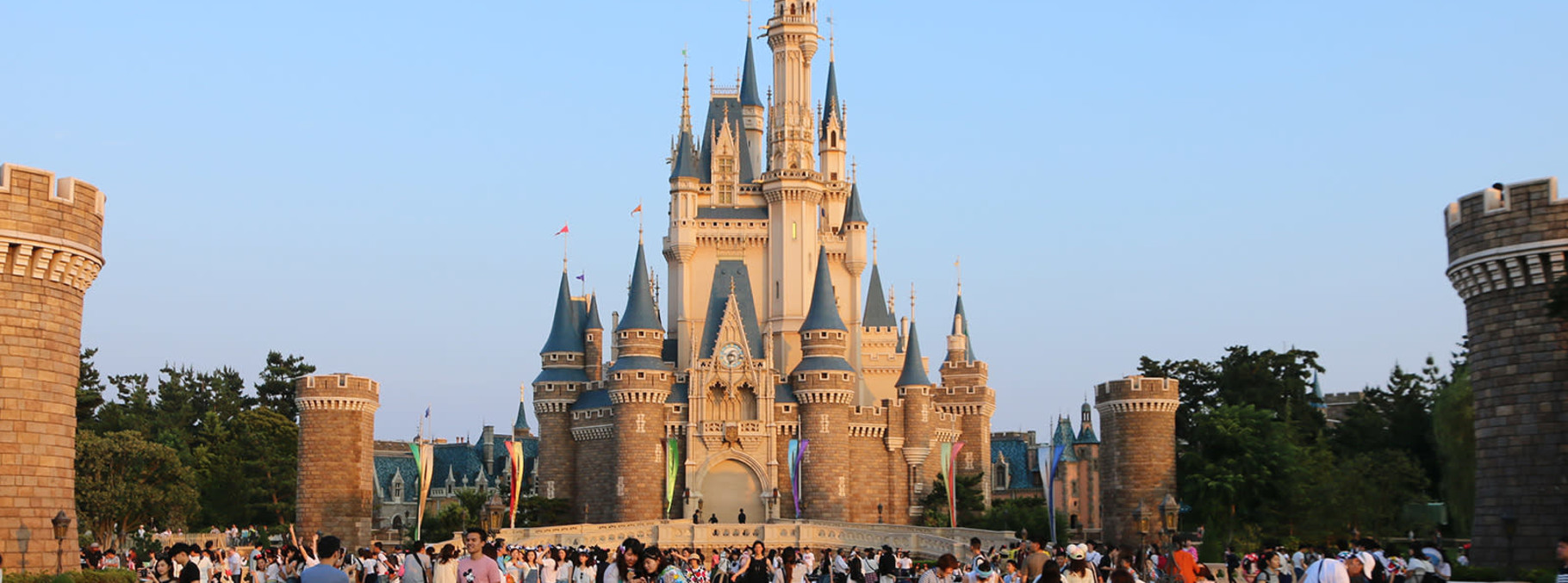Japan has four distinct seasons, and there are many traditional events and holidays throughout the year that celebrate the seasons. Along with the seasonal changes, you also see changes in the food, and since long, Japanese have favoured eating dishes made using fresh seasonal ingredients. One of the ways to enjoy a trip to Japan is to be aware of the major events and festivals, customs and traditions including food available in each month. In this feature, we talk about some of the customs and traditions that have been followed over the centuries in the month of June.

No Public Holidays
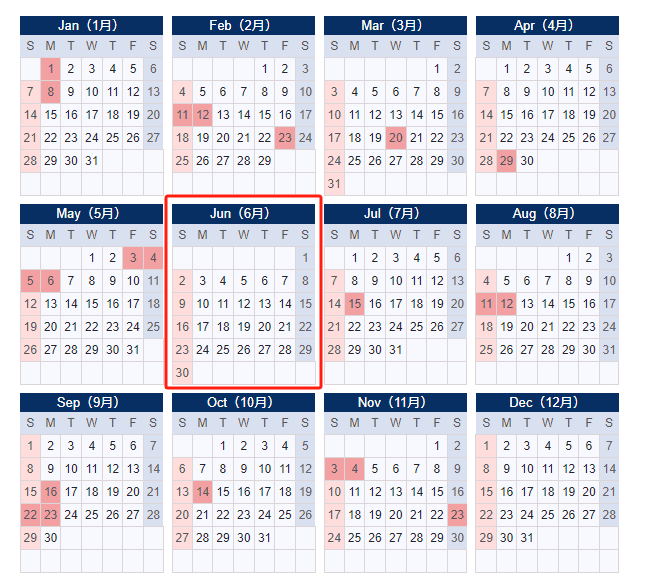
June is a busy month for Japanese office workers. Aside from weekends, there are no additional holidays to provide a break. This means no extra red marks on the calendar and no extra vacation time. Despite the bustling schedule, Japan in June offers many unique attractions and activities to discover and enjoy.
Rainy Season (Tsuyu or Baiyu, 梅雨)

In Japanese tradition, June is poetically named "minazuki" (水無月), which translates to "month without water." There are several explanations for the origin of this name. The sixth month of the lunar calendar marks the end of the rainy season. As the rains taper off, the weather gradually becomes drier, hence the term "minazuki."
Another explanation is that the character "無" in "水無月" is equivalent to "的(の)" in Japanese, so the real meaning of "水無月" is "水月" or "Water Month." This interpretation highlights June as an important period for irrigating farmland.
Additionally, June is also known by other poetic names such as "kazemachizuki" (風待月) and "suzukurezuki" (涼暮月). These names evoke a sense of refreshing coolness as summer approaches.
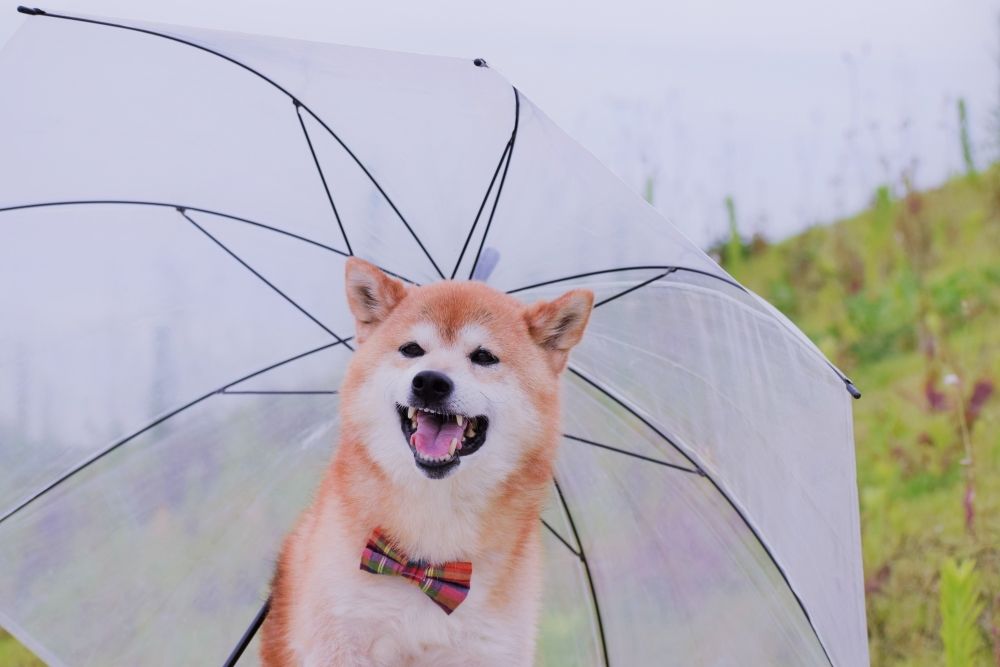
Although Japan enters summer in June, it has not yet reached the hottest period of the year, and the temperature difference between day and night is still noticeable. If it were not for the rainy season, June would undoubtedly be one of the most pleasant months of the year. However, even during the rainy season, it does not rain continuously all month long, but the frequency of rainfall is relatively high. In some areas, the scenery in the rain adds a unique charm. For example, hydrangea flowers are particularly beautiful after the rain, attracting many people to visit flower gardens on rainy days.
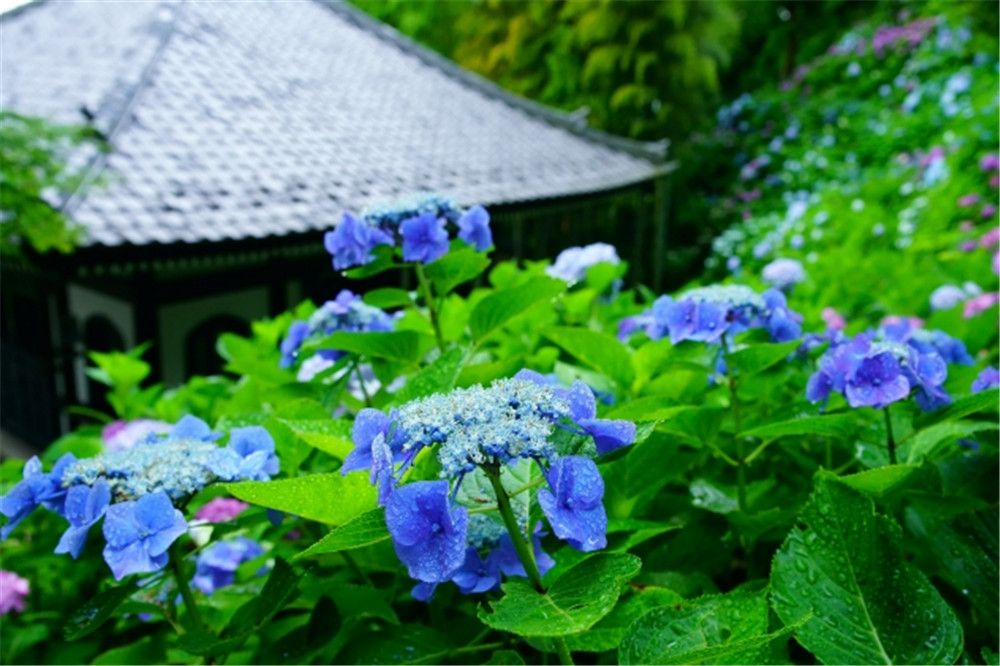
Father's Day, third Sunday of June

Father's Day, observed on the third Sunday of June annually, has transcended its European and American origins to become deeply ingrained in Japanese culture as a cherished holiday. Beyond being a time for expressing reverence and appreciation towards fathers, it also presents a prime opportunity for shopping enthusiasts.
As the date approaches, prominent men's brands in Japan kickstart their promotional campaigns, enticing customers with an array of discounts, coupons, and enticing gifts across various categories including clothing, accessories, and electronics.

Amidst the commercial fervor, Father's Day holds immense significance as a time for familial bonding. Families across Japan come together to mark the occasion with lavish dinners and thoughtful gift exchanges, offering children a chance to convey their heartfelt gratitude and love to their fathers. According to a 2023 survey on Japanese Father's Day gift-giving trends, the top-selling items include beer, followed closely by eels and clothing. While the sentiment behind gifts is priceless, there's a special joy in selecting presents that bring a smile to dad's face.
Nagoshi-no-Harae: Summer Purification Rite, June 30
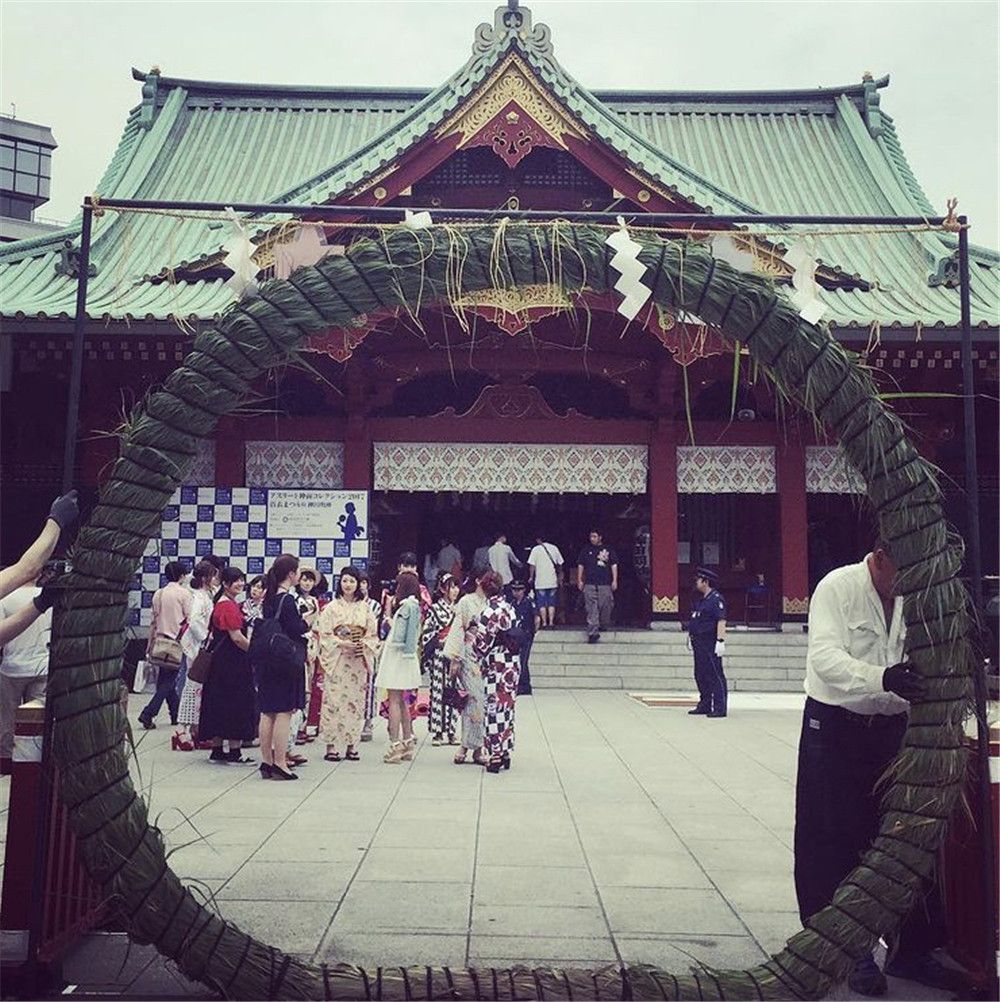
In Japan, shrines traditionally host the Ooharai-sai (大祓祭) twice a year at the end of June and December. The term "sai" denotes a purification ceremony aimed at cleansing both body and mind, dispelling any lingering negativity from the first half of the year and ushering in a renewed atmosphere for the latter half. This cleansing isn't centered on grave misdeeds but rather on addressing minor flaws in daily life, such as inadvertent inconveniences caused to others due to negligence.
The rituals of the day entail clergy-led prayers, blessings, and purification ceremonies, all aimed at banishing malevolent spirits and ill fortune while beckoning in luck and prosperity. On this occasion, multitudes flock to shrines to partake in festivities and offer prayers for peace and good fortune.
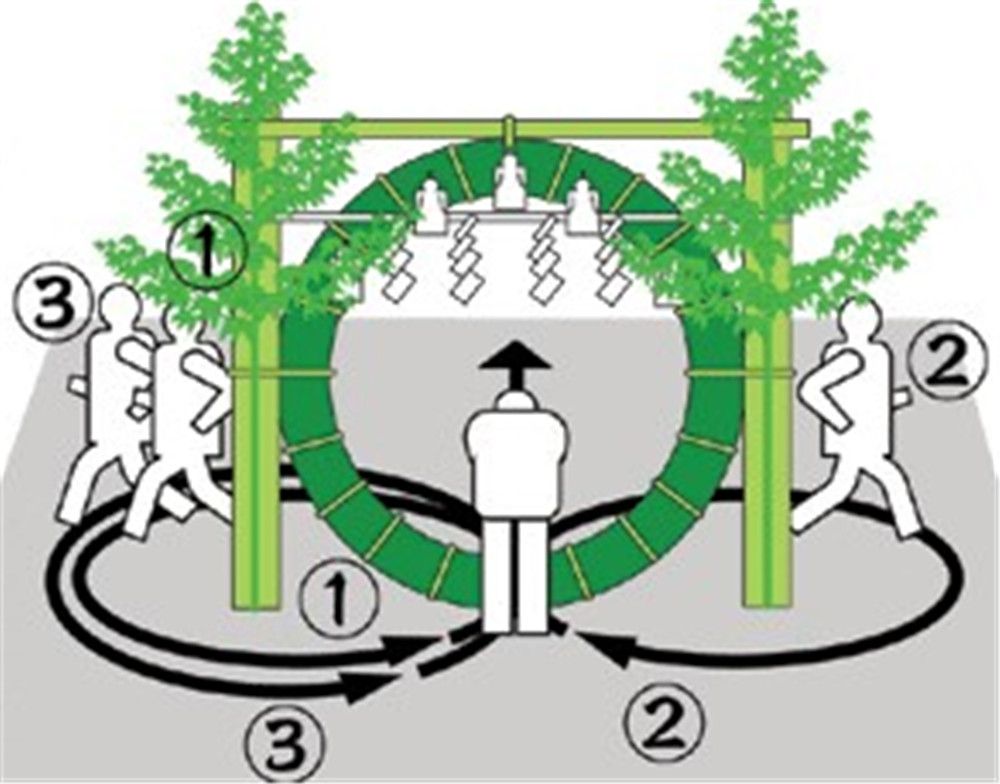
Typically observed on June 30th annually, this event is known as Nagoshi-no-Oharae (夏越大祓). Among its customs is the practice of traversing through a large grass circle arranged in the shape of an "8" (as depicted in accompanying illustrations), symbolizing the expulsion of misfortune and ailments.
While this festival is celebrated across shrines throughout Japan, it garners particular renown at esteemed sites such as Kyoto's Yasaka Shrine and Tokyo's Meiji Shrine.
Seasonal Ingredients
Indulge your taste buds with the delectable delights of the season, with one standout treat reigning supreme: Mizunazuki from Kyoto. This triangular confectionery, reminiscent of yokan, has a delicate texture and a perfect balance of sweetness, rendering it an ideal accompaniment for afternoon tea or a delightful dessert.
For added flavor, Mizunazuki sometimes comes with red bean paste or other fillings. According to ancient lore, its triangular shape symbolized ice cubes, with the addition of red beans on top serving as a charm against wicked spirits or ghosts, offering respite from the sweltering summer heat. It's no wonder Mizunazuki holds a special place in the hearts of Kansai residents.
These days you can buy almost any ingredient throughout the year. However, it is best to eat what’s in season as that produce is the most delicious. If you come to Japan in June, you can’t go wrong with these ingredients.
Seafood: Sweetfish (ayu, アユ), turban shell (sazae, サザエ), conger eel (hamo, ハモ)
Fruits and vegetables: Unripe plums (ao-ume, 青梅), loquat (biwa, ビワ), plums (プラム), cherries (sakuranbo, サクランボ), French beans (sayaingen,サヤインゲン), perilla (shiso, シソ)
Japanese sweets: Minazuki (水無月) (triangles of sweet rice jelly topped with adzuki beans)
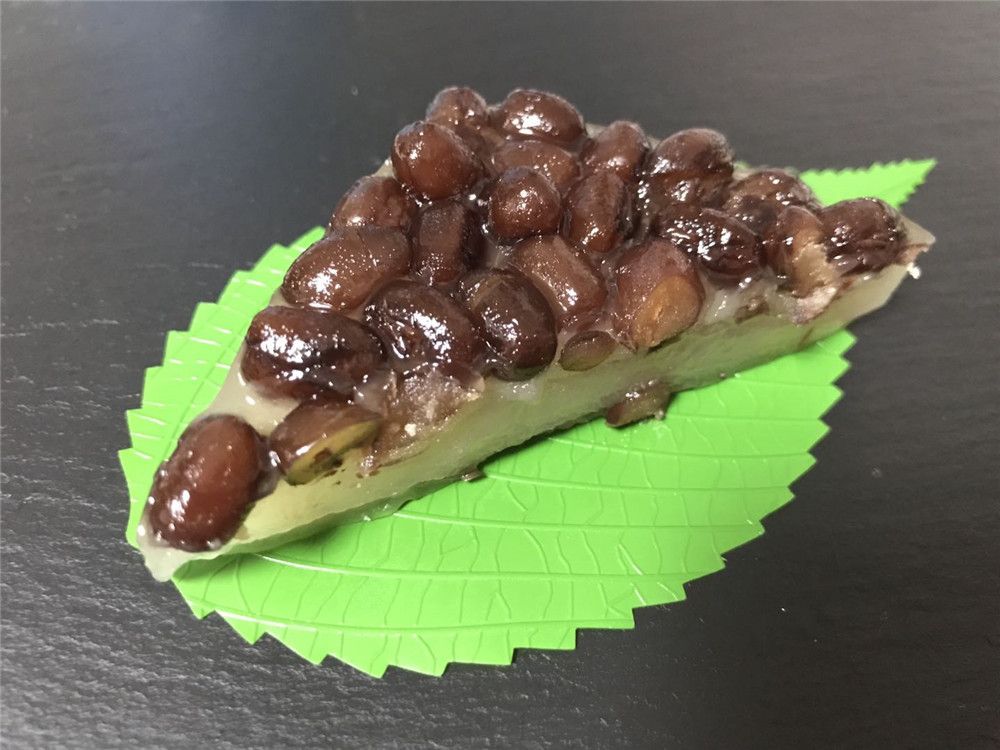
Festivals and Events in June
Sanno Matsuri (山王祭)
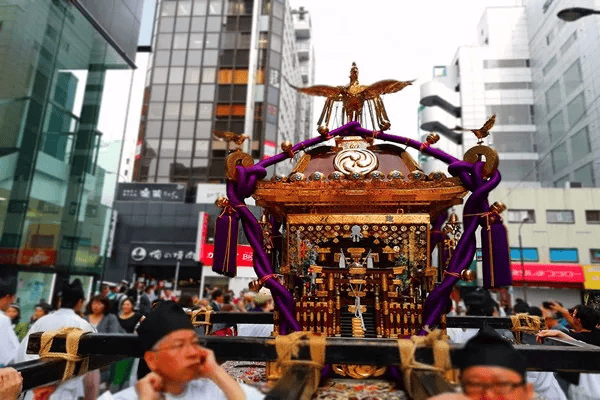
Located in the heart of Nagatacho, Chiyoda-ku, Tokyo, Hie Shrine has an air of solemnity, serving as a revered religious sanctuary. Its crowning jewel, the Sanno Festival, held annually in June, also dubbed the Tenka Festival, stands as a cornerstone event for Hie Shrine. Alongside Kyoto's Gion Festival and Osaka's Tenjin Festival, it claims its place as one of Japan's esteemed trio of major festivals.
During this grand occasion, the streets come alive with a majestic procession of intricately adorned floats and shrines. Bedecked in resplendent attire, participants carry shrines and floats, while melodious tunes fill the air. A sea of onlookers lines the route, mesmerized by the spectacle unfolding before them, lending an aura of magnificence to the proceedings.
For those eager to partake in this awe-inspiring event, the detailed schedule can be accessed via the official website (anticipated to take place on June 7, 2024).
Hydrangea Festivals
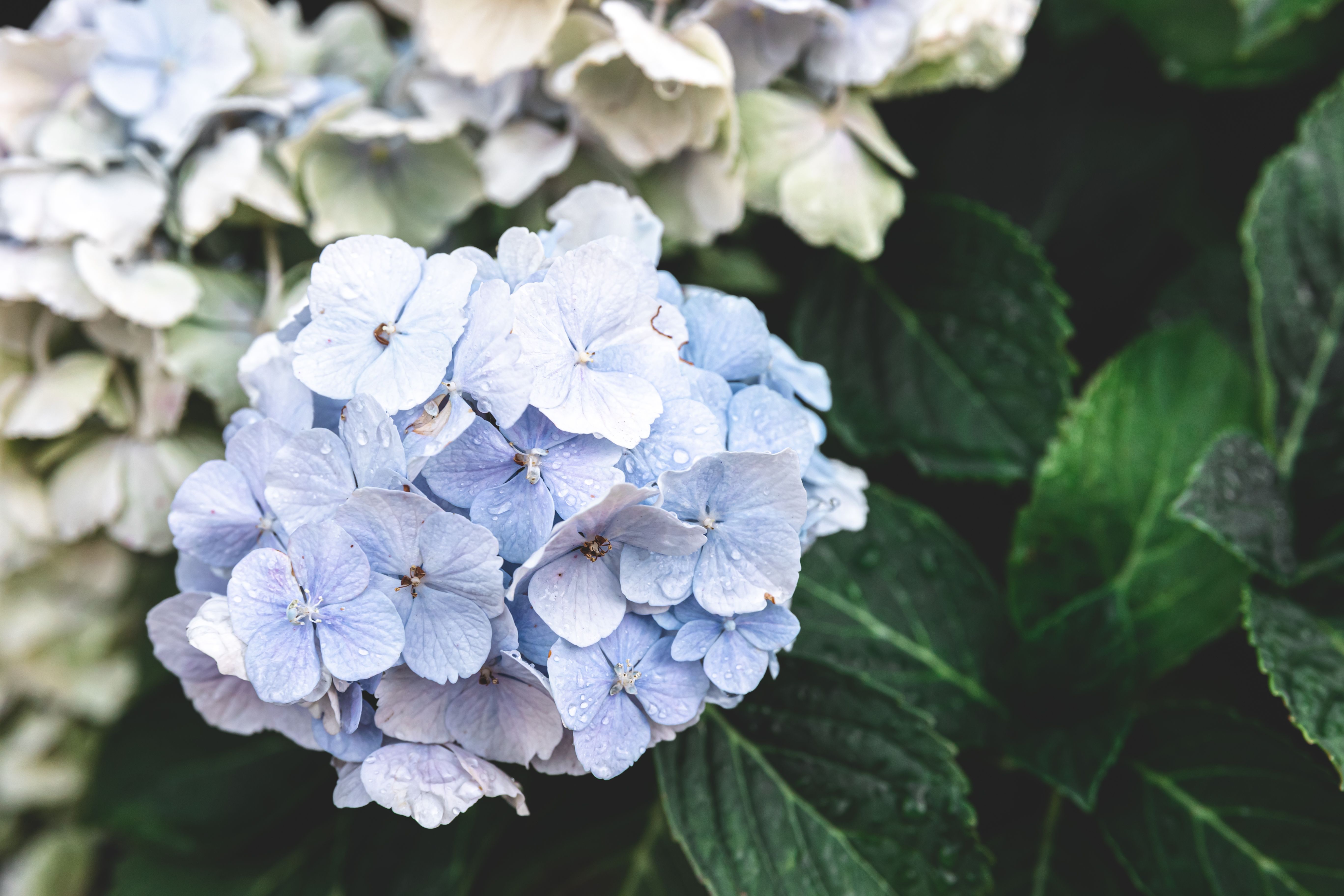
Hydrangea Festivals are a highlight of the summer season, especially amidst the rainy season when the blossoming hydrangeas infuse the landscape with splashes of vivid color. Here are some renowned festivals:
1. Hakone Hydrangea Train:
Embark on a journey aboard the Hakone Tozan Railway, aptly dubbed the "Hydrangea Train" during the blooming season. Of particular note is the enchanting "Night Hydrangea Train," offering passengers a unique opportunity to marvel at the illuminated hydrangeas under the night sky—a truly romantic experience. (*Operates from June 14 to June 30, 2024, on a limited basis.)
2. Kamakura Hasedera Temple:
Amidst Kamakura's scenic landscapes, Hasedera Temple emerges as a quintessential destination for hydrangea enthusiasts. With a staggering 2,500 hydrangea bushes adorning its slopes, the temple becomes a picturesque canvas bursting with vitality and color during the flower season.
3. Hakone Gora Park:
At Hakone Gora Park, visitors are treated to an immersive experience amidst blooming hydrangeas. Amidst the sea of blossoms, guests can partake in traditional Japanese tea ceremonies and engage in ceramic pottery activities. Moreover, the park showcases rare varieties of hydrangeas, adding an extra layer of allure to the floral spectacle.
4. Hakusan Shrine:
In the heart of Tokyo, Hakusan Shrine hosts the Bunkyo Hydrangea Festival each June. Boasting approximately 3,000 hydrangea blooms, it serves as a delightful suburban retreat for flower enthusiasts seeking respite from the urban hustle. Further details can be found here.
For additional recommended hydrangea viewing spots in Tokyo, refer to this link for further exploration!
Iris Festivals
In addition to the hydrangeas, don't overlook the beauty of irises during this time of year. Irises, known as shobu in Japanese, grace the summer landscape with their vibrant hues and elegant forms. Here are some notable iris festival events held throughout Japan in June:
1. Horikiri Iris Garden:
Annually, the Horikiri Iris Garden in Tokyo hosts a splendid Iris Festival, offering tourists a serene escape amidst blooming beauty.
2. Meiji Shrine Iris Garden:
Nestled within Shibuya ward, this iris garden, boasting approximately 150 iris species and 1,500 iris plants, invites residents for a tranquil retreat, free of charge.
3. Katsushika Iris Festival:
Early June heralds the vibrant Katsushika Iris Festival surrounding the Horikiri Iris Garden, featuring parades, festivities, charity sales, and more, creating a lively atmosphere for all.
Tokyo International Short Film Festival (SSFF & ASIA)
 Distinguished as the premier international short film festival in Asia, this event commands attention not only for its expansive scale but also for its profound influence and artistic merit. Held annually, typically in June, it stands as a beacon for film aficionados and industry professionals alike, offering a superb platform for the exhibition and appreciation of short film masterpieces. Each year, it curates a captivating blend of visual splendor and intellectual stimulation, delivering a veritable feast for the senses and the mind.
Distinguished as the premier international short film festival in Asia, this event commands attention not only for its expansive scale but also for its profound influence and artistic merit. Held annually, typically in June, it stands as a beacon for film aficionados and industry professionals alike, offering a superb platform for the exhibition and appreciation of short film masterpieces. Each year, it curates a captivating blend of visual splendor and intellectual stimulation, delivering a veritable feast for the senses and the mind.
For details, please check the official website (anticipated to take place from June 4 to June 17, 2024).
Planning a trip to Japan in June? This introduction is a must-read! Understanding the local customs and cuisine of your destination enriches your travel experience, ensuring a more fulfilling journey 💗
Download the Ikidane Nippon App: iOS / Android
Let us know if there is something that needs to be fixed: Feedback Form
